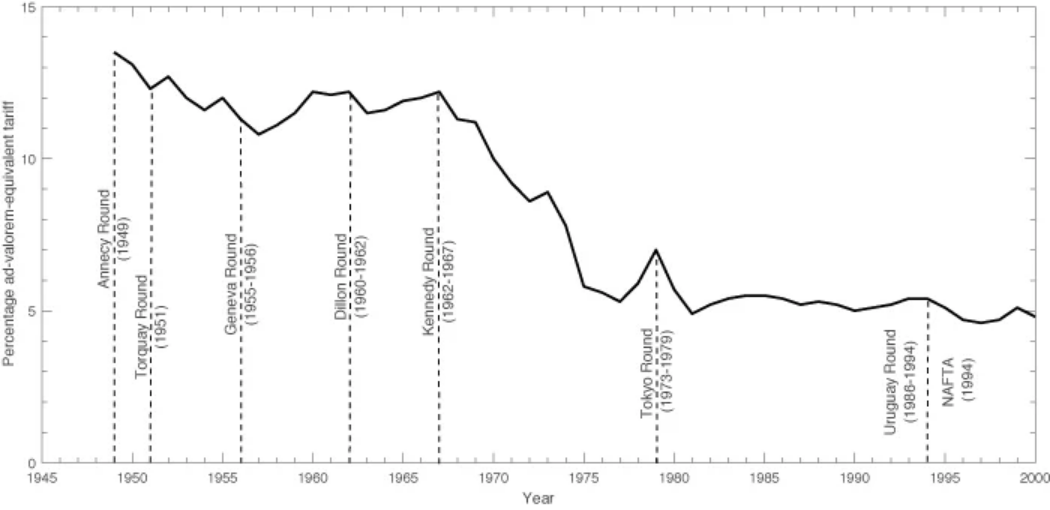
Examples not to follow: Ontario ONSAT and biofuels production
Two examples in Ontario of why the Canadian economy continues to be at risk from the aggressive threats of tariffs from the USA.

A collection of articles related to the intensifying trade war between the USA and the rest of the world.

Two examples in Ontario of why the Canadian economy continues to be at risk from the aggressive threats of tariffs from the USA.

The biggest white lies we tell each other are when excuses do not match the real reasons we are doing something. Trump has expanded this out to American policy, the lies are bigger but the concept is the same.

Tariffs on Canadian oil imports and exports can change price calculation in the USA, making the market more susceptible to local conditions. Moves to increase the price of oil in the USA will bring more domestic production online and will speed-up ongoing transition of refineries and pipelines to use Permian/fracked oil.

A major issue for Canada is that investment flows from the USA. It is 80 years since the end of the 1930s tariff regimes that lead to expanding dependence on trade with the USA. Capital investment is from US-based finance.

Ever wonder what the discussion about tariffs is actually about? There are a lot of explanations on the internet and in the news about what a tariff is.

Productivity is dependent on not just the investment in research, but the implementation of new technologies that increase profitability. A new report from the Dallas Fed points out that there is a way a state can foster increases in productivity from new technological investment, which is funding federal industrial research programs. In Canada, we have not done this in a way to foster actual productivity gains.
Canada, after 40 years of neoliberal policies privatizing most of our Crown corporations, we now think about services instead of production when it comes to public ownership. There are still many publicly owned production facilities in Canada and around the word. Energy, media, telecommunications, water/waste-water, and transport sectors have moved in and out of public ownership.

The solution to most of our problems in Canada for expanding production using our resources is connecting firms across Canada. This means facilitating transport from where the resources are, but few workers are (because of the climate and distance from other things), to where production workers are, and then onto where the rest of the production can be finalized or exported. Deregulation does not do this, but an industrial strategy will.